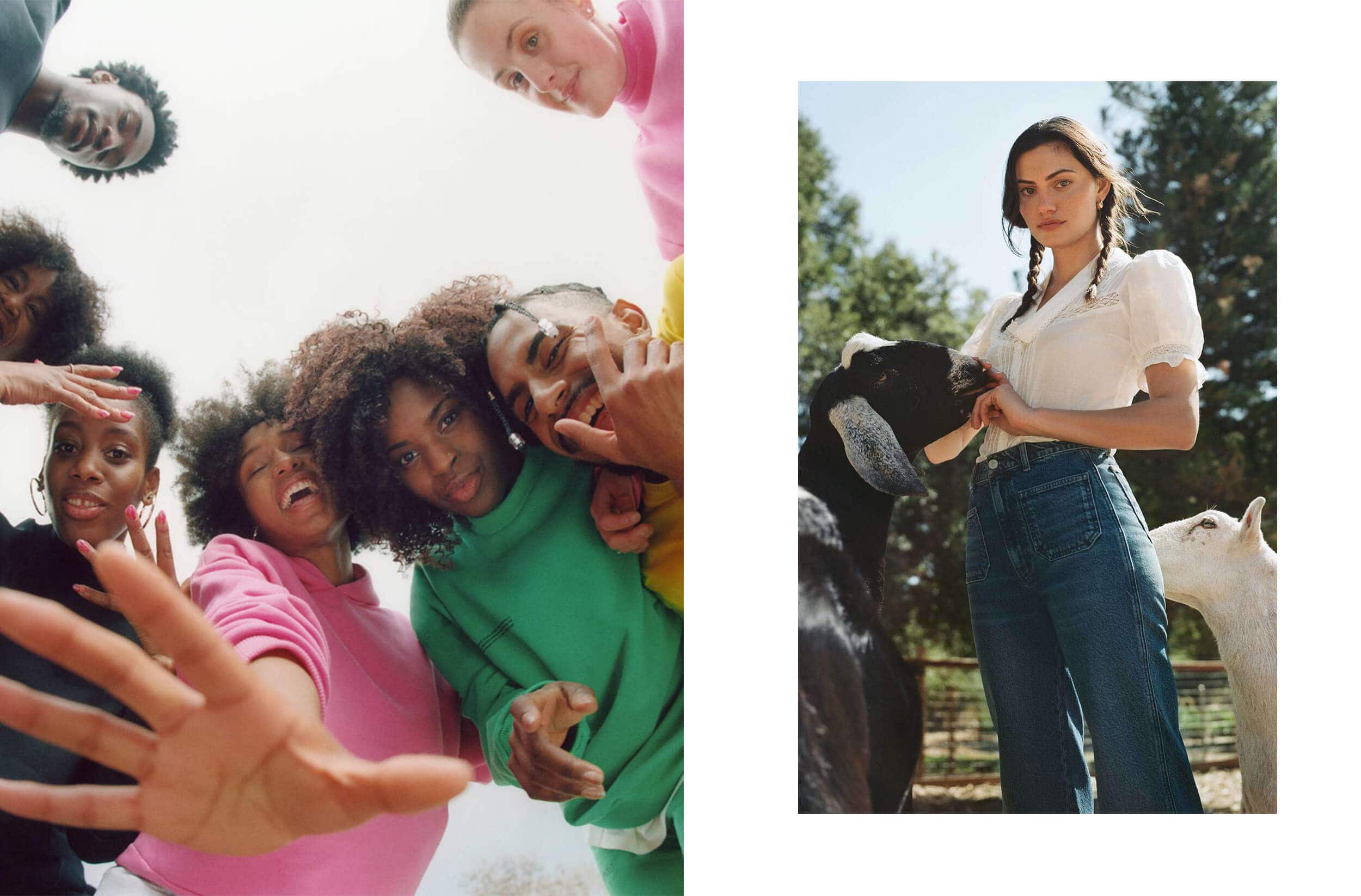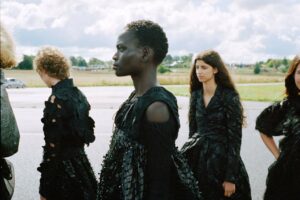Fashion Revolution has recently released the Fashion Transparency Index 2021, the annual report that analyzes the transparent practices of 250 of the largest fashion brands and retailers in the world. Taking into account elements such as traceability in the supply chain, the working conditions of employees, the changes made after the Covid-19 emergency, and people’s increased awareness of the global climate crisis, it was estimated that brands achieved an average transparency score of 23% and that OVS, H&M, Timberland, and The North Face lead the rankings.
Still too little, still, too much missing information (or hidden voluntarily), still too little attention to the impact of the fashion industry on the environment, on people, on life. Although it would be incorrect not to admit that progress is being made and that more and more consumers pay attention to elements such as the sustainability and ethics of what they buy, it is still not enough. If brands don’t spread information about their practices and policies, how can those who buy from them trust their statements? Where are the pieces of evidence? Is it simple greenwashing or fear of the impact that these could have on consumers?
The impact. This word is full of meaning and nuances that, above all, should open our eyes to our lifestyle: whether it is the environmental, human, social, or economic impact, everything we buy has its weight. Every dress we wear has its importance in this international system where profit seems to have taken overvalues.
The beginning of this article was not meant to be so dramatic, but there are, unfortunately, facts that confirm that the situation is anything but positive. We celebrate the small goals and the battles won, but when will it be possible to celebrate the beauty of an entirely sustainable and transparent fashion, the truest one, and that should be simpler in its respect of fundamental elements such as the environment and workers? The answer does not seem to be on the horizon, yet we have little time left. Just last week, the Earth reached its Overshoot Day, and since that day, we are indebted to our planet for the resources used. Five months before the end of the year.
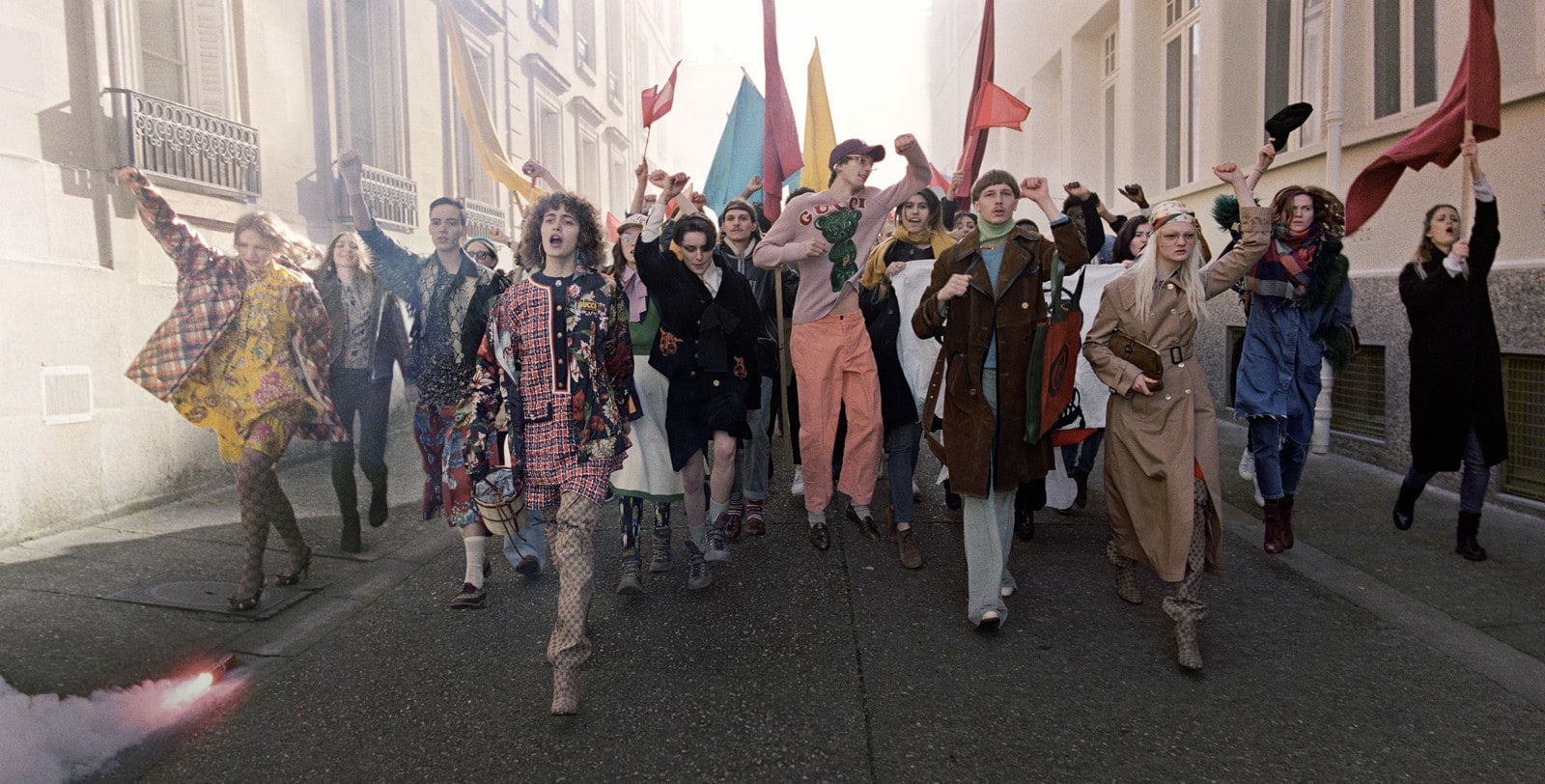
That’s why it is important to remember that each of us, in our small way, can make the difference, perhaps talking with friends and family about the changes that should be adopted to save water, for example, choosing not to eat meat for one or more days a week, recycling in the best possible way and being informed about the practices and policies adopted by companies in each field, to be more sustainable. And it does so by choosing to wear clothes made in absolute transparency, with eco-friendly materials, and produced in reasonable quantities. In other words, everyone can make the difference by opting for a slow fashion dress instead of one made by the big chains, those that every week launch a new collection making the fashion production unsustainable, and making the consumer believe that, if they don’t buy a lot and often, in some way their image or even their prestige could be damaged.
In this crazy world where consumption and waste are produced every day, there seems to be a “too much” mania – it is believed that it’s better to have a shirt identical to another one more than not to have it, that you must own the latest model of shoes not to be left behind and that you can not confess that you’ve owned a garment for more than one season without being judged. This is an unhealthy mentality, are we aware of that? Fashion must help us communicate who we are, but it must do so respecting values and principles that, in turn, demonstrate another trait of our personality: the one that believes that change is possible, that this world is not yet lost and that buying less and consciously is the best way to shop. Trust us: that latest dress that seems to call you like a mermaid, tomorrow will no longer be usable. This is why we need to focus on timeless clothes that make us feel at ease and meet certain standards, which makes them also of superior quality, and therefore last longer without boring us.
This is why we need to rediscover, re-evaluate and return to buying slowly (for example, from second-hand apps or markets, vintage shops or local artisans and brands that are transparent in their practices and products available), passing over to the windows of fast fashion with the awareness that we are making the right choice. For us, for others, and our planet. Still not entirely convinced? Here’s what you need to know when it comes to slow fashion and fast fashion. Because, and we enhance it once again, there is no better shopping than that done consciously. Trust us once again.
Fast Fashion: History & Impact
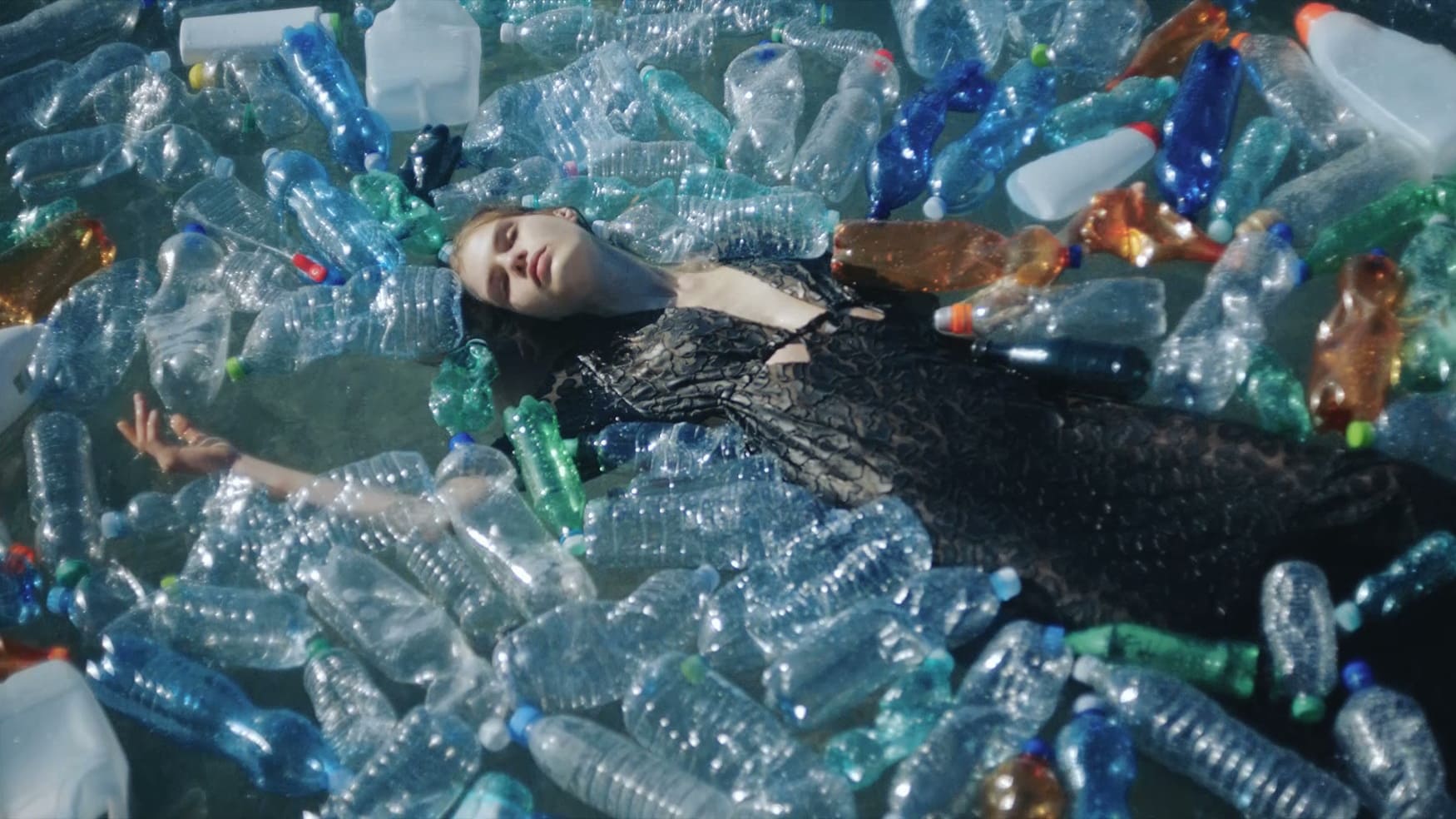
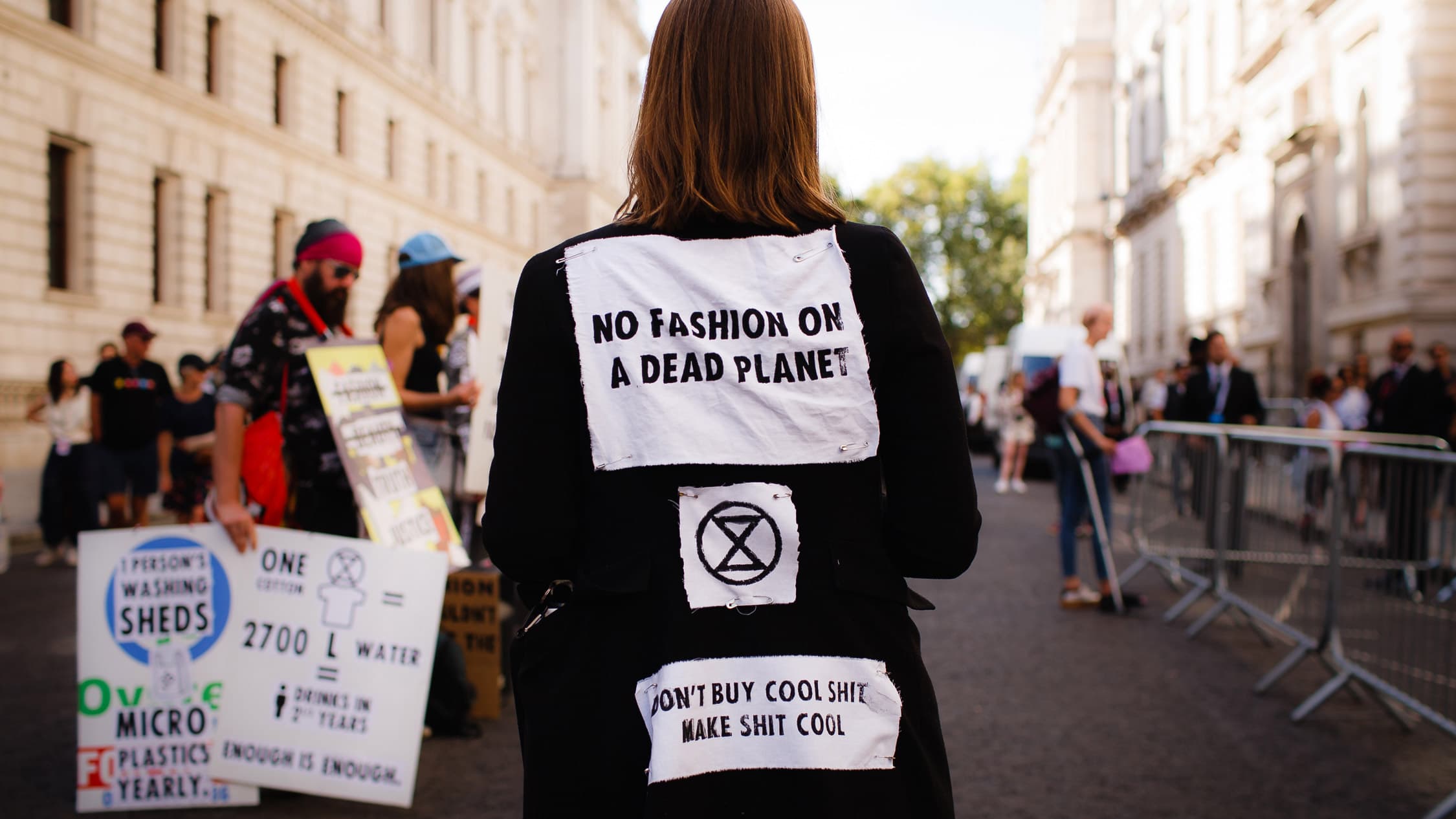
I don’t know about you, but I remember seeing almost always the same clothes in my parents’ wardrobes, and in my grandparents’ even more: I do not mean that they are scruffy people, but they were raised with the mentality to shop only on special occasions, that a dress can work for years without any problem and that, if there should be any problem, you try to solve it first by sewing and mending. However, everything changed about 20 years ago, when fashion became more accessible, ready-to-wear was dominant and, as a result, clothes became cheaper, trends faster, and shopping (with relative replacement of clothes) more frequent, also thanks to the advent of the Internet. All too good to be true, and no one asked questions about how it was possible to sustain such a production with such tight timing.
That happened at least until 2013 when the collapse of the Rana Plaza (Bangladesh) killed more than 1000 underpaid and exploited workers, opening the eyes of the world to what the actual cost of a 5 euro T-shirt was (the above-mentioned factory produced clothes for some of the biggest fast fashion brands in the world). That is fast fashion: it is cheap and trendy clothing that “steals” ideas from the catwalks producing a lot and often to satisfy the request of consumers, who want to be “fashionable” all the time, continuing to buy at advantageous prices, believing to make a deal, when it is all part of a mechanism of overproduction and exaggerated consumerism that has led fashion to be what it is: one of the most polluting industries in the world.
Usually, fast fashion clothes and chains are recognized because they offer many different options of the same look, with particular attention to trends, and they are available immediately after being seen on TV, on the catwalk, or on the red carpet, made with poor materials, which tend to ruin in a short time and without making any information available on your supply chain, on the factory, on the workers involved and on the practices, adopting instead the strategy of silence or greenwashing.
But, if more is produced and in less time, this consequently means that the impact on resources is greater: the use of synthetic and substandard fabrics, harmful chemical elements, the waste of clean water, microfibers released into the oceans and the exploitation of unsustainable energy sources (such as hard coal) are at the root of the pollution of industry and, as a result, of our planet. Plus, the environmental stress in certain areas is so significant that it also affects the biodiversity of animal species, placing them at risk of extinction, both on land and in the sea. Speaking of animal material, it has emerged that many products sold as “faux fur” or “faux leather” are real fur or genuine leather, thus deceiving the consumer and feeding the phenomenon of farms where fur animals are bred.

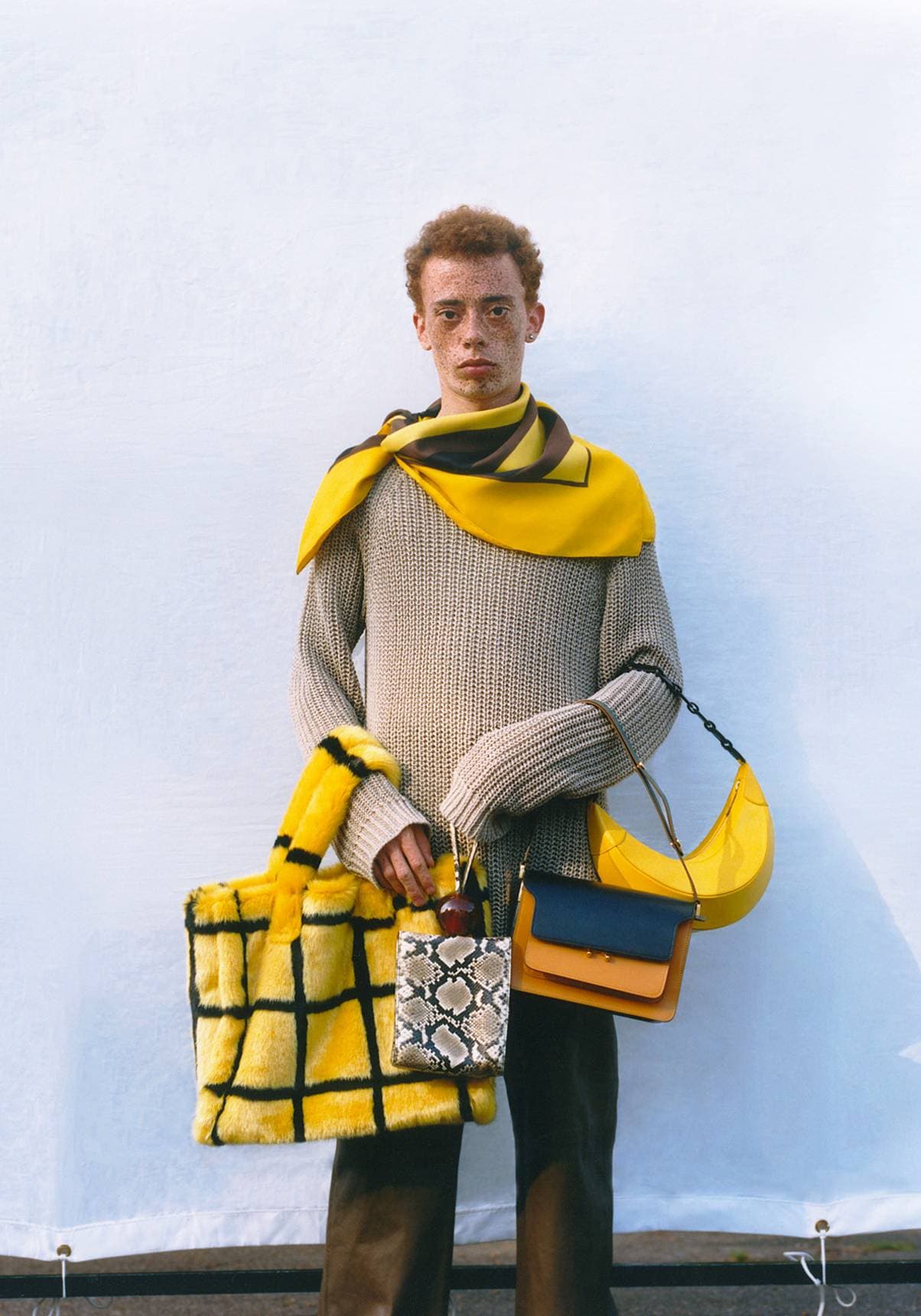
And, as if that were not enough, the waste generated by production and constant replacement creates an impressive textile waste: just think that, in Australia alone, more than 500 million kilos end up in landfills every year. Not to mention the workers, often belonging to the third world, forced to work in dangerous conditions, underpaid, and with total indifference to human rights to produce the T-shirts that will be available on the shelves tomorrow and that will no longer be “trendy” the following day.
In this perspective, the consumer finds themselves involved in a cycle of “buying and throwing away” the clothes of their closet to a point that it would be almost unnatural not to get involved in this global frenzy, within everyone’s reach and simply and immediately above all. A trend that is now a lifestyle, unfortunately.
As sustainable fashion pioneer Vivienne Westwood says, what we need to do is reverse the course and spread a new mentality based on the concept of “buy less and better.” A slogan to which, luckily, more and more people have paid attention recently, also leading brands to adapt to these new needs that are nothing more than the real and essential ones. Recycling, mending, donating, choosing second-hand garments or from sustainable brands: it takes “so little” to make such a great change, a change that we are starting to see (especially with the new generations) and that can lead to more rational, ethical, inclusive and fair consumption, based on a concept that is a real lifestyle, or rather, shopping: that of slow fashion.
Slow Fashion: When Sustainability is Fashionable

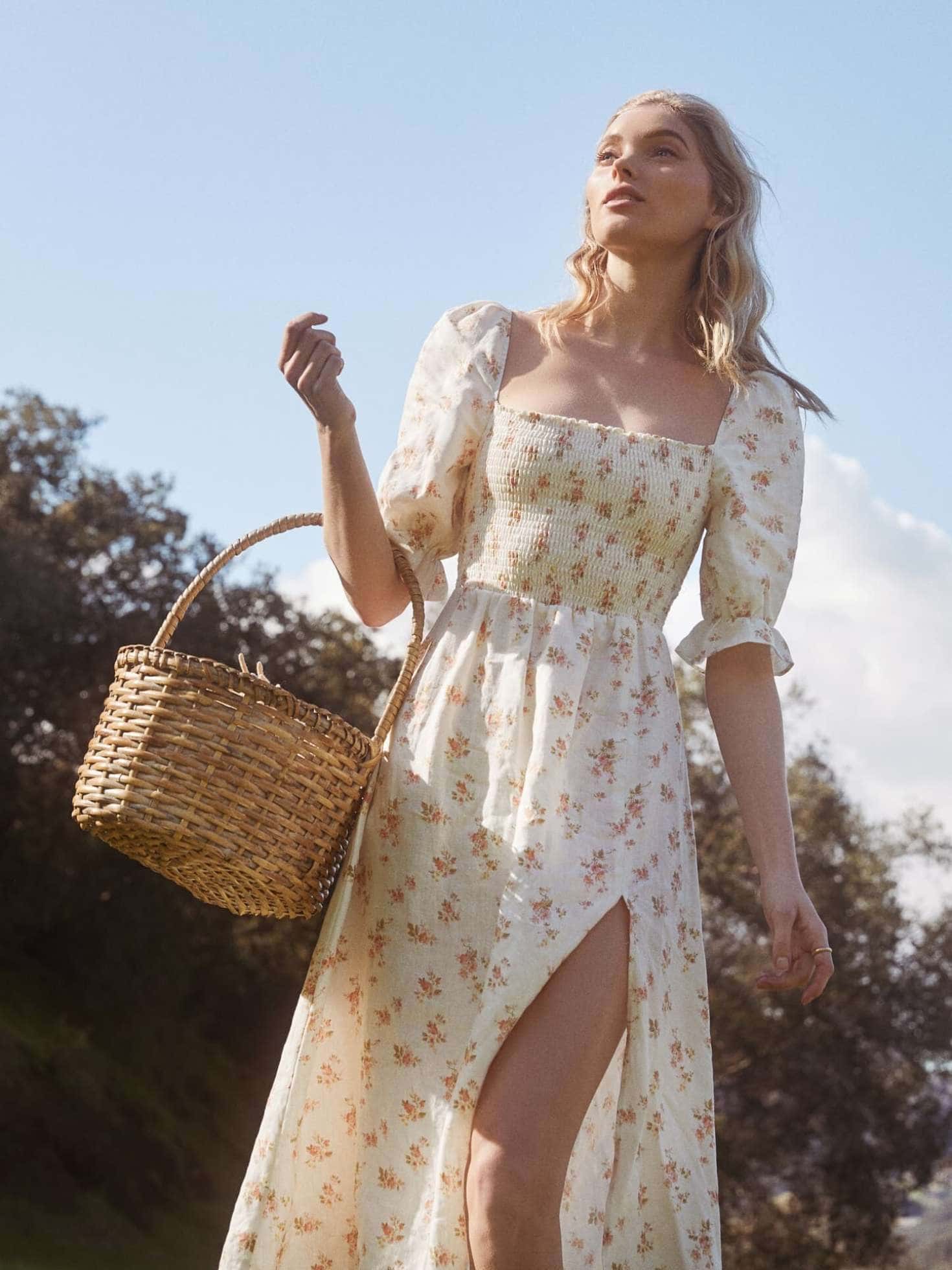
A fashion that follows sustainable production times, respecting workers and offering timeless clothes, and without being trendy above all: this is the concept behind slow fashion, which provides a conscious culture and a thoughtful approach to what you buy. It provides, in other words, a consumer who knows what he is going to buy because the brand is transparent about the policies adopted, which does not include toxic or synthetic materials and which respects animals, people, and the environment.
These are the same guidelines of sustainability and ethics, and that is why it represents the only possible fashion if we want to safeguard the planet and its resources by reducing consumption and production, following the equally important slow food movement. The phenomenon was born a few years after the fast fashion in response to those many trends and exaggerated quantity of clothing, highlighting the need for a slow fashion, which follows a philosophy respectful of all the elements that make it, not only for the current generation but also and above all for future ones, in order not to limit their possibilities.
It is an approach that also brings back certain behaviors considered “old” such as making clothes using only local resources, focusing a lot on garments that are timeless investments, and dusting off all those practices that allow you to fix or modify something in case of breakage. It is a method that involves respect for the place, the people, and the culture that wears it, with limited production. Plus, in recent times it has been emphasized by the many possibilities of buying in vintage or second-hand stores, where the clothes and accessories of the past acquire new life and make oneself personal style even more unique, which therefore does not follow the trends imposed by the big chains, highlighting one own personality.
It is, therefore, important, when buying something, to consciously choose where you are shopping from and ask yourself if you really need something new or if you can reuse, perhaps thanks to creative combinations, something you already have. If you buy less and better, you can also invest in clothes made with fabrics of greater quality and prestige that will have a longer life, precisely because they are often combined with the concept of “timeless” rather than “trend.”
If we buy something new because we need it, let’s make sure of the way it was produced, giving more credit, whenever possible, to local artisans or brands, and adopting all the practices of the circular economy that make a garment last longer. These are gestures that everyone can make, also given the recent increase in information spread related to sustainability, underlining how change is slowly taking hold, and how everyone can benefit from its advantages, starting with the environment.

